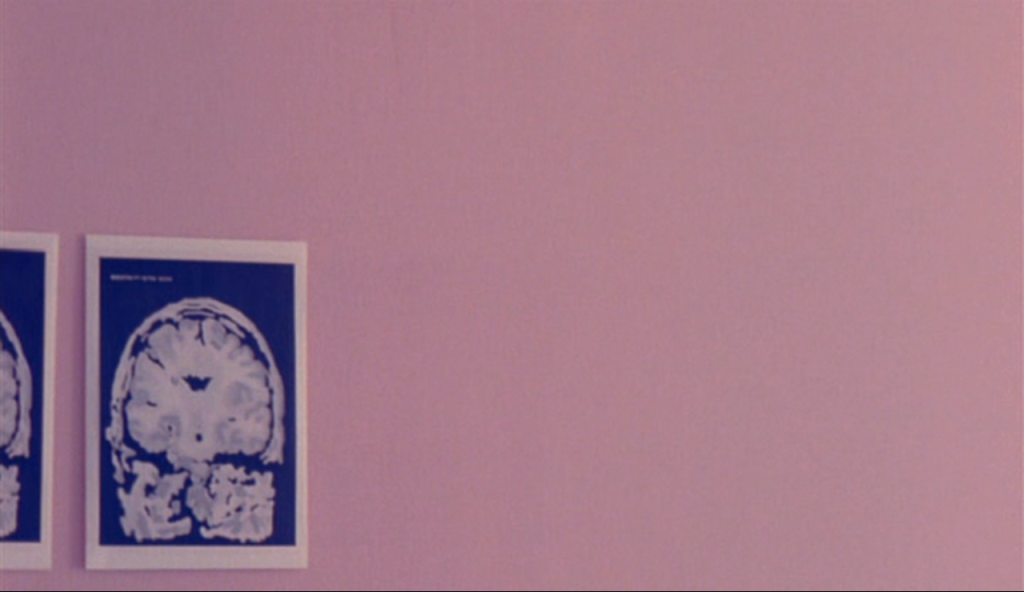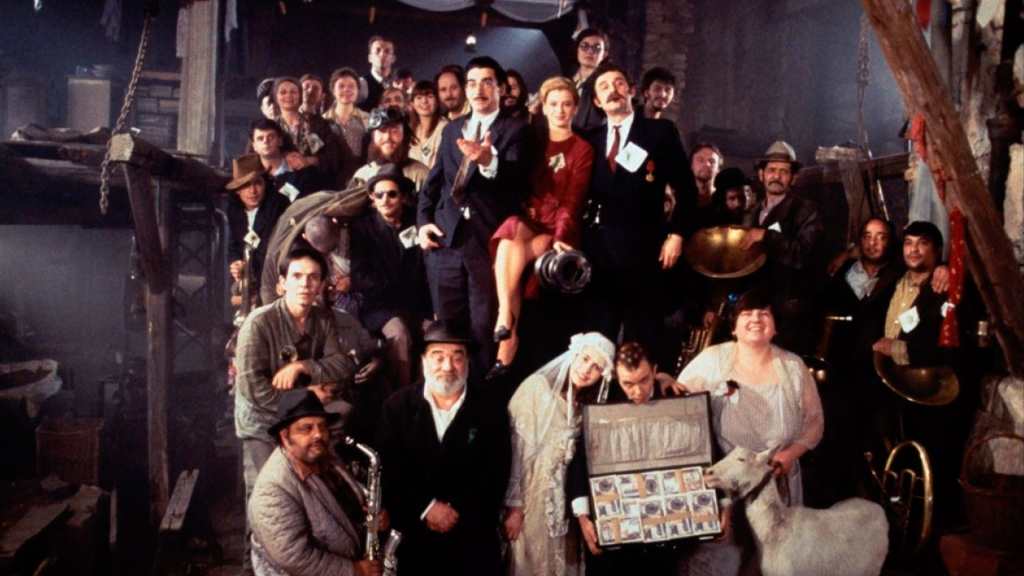
Spider Baby (Jack Hill, 1967)
I’ve always liked fiction about insular societies, mostly for how aspects of their shared behavior -rituals, private language, etc.- develop, and at what cost to some other aspect of behavior. It’s hardly news that rich families historically have worked to conceal their ‘degenerate’ or otherwise socially-inept members. Funny but I watched this immediately after I watched Elaine May’s A New Leaf (1971) for the first time, and what struck me about that film was how the May character resembled so many basketcase academics from rich families who became ‘eccentric’ because they never learned (or had to learn) how to be anything else. The film obviously has a lot to say about economic class (and to some extent the relationship between ‘taste’ and class). There is a terrific short story by Alexey Tolstoy, Oupyr (sometimes translated as ‘The Vampire Family’), that predates Stoker’s Dracula and sees vampirism not as an allegory for plague or disease but for class stratification, ie the rich preying systematically on the poor. Hill’s film inverts Tolstoy’s story, in a way, as the ‘vampires’ are ostracized and manipulated.
Parts of the film are obviously funny -mostly in scenes where the ‘normal’ relatives do their best to humor the family- and a lot of scenes use camp, but I also knew watching it what fodder it must be for ironic audiences. Too bad because the film is clearly influential -you can tell The Texas Chain Saw Massacre and Eraserhead (and The People Under the Stairs, and others) owe a lot to it. Yet Hill actually digs into the insularity of the family in a way that Texas Chain Saw really doesn’t, and reveals more about the dynamic between relatives in its dinner scene than that in Eraserhead, which is very similar but uses that scene to merely showcase characters as Lynch views them: freaks to be mocked and laughed at.

Escalofrio / Satan’s Blood (Carlos Puerto, 1978)
It’s all pretty ridiculous but I love the remote location and the house. The last twenty minutes seem to drag but that’s merely a diversion leading up to a pretty brutal and frightening finale. Many of these films are, in my mind, indirectly about the bourgeoisie’s anxiety over its own cultural capital. Throughout the 1970s, so many bourgeois people co-opted the trappings of the so-called ‘counter-culture’ (which really wasn’t) as a means of being hip. It’s also understandable how satanic and occult-themed films became so prevalent in largely-Catholic countries like Italy and Spain, and would reveal a passing fascination with the topic (the publication and sales of books about satanism, witchcraft and occult skyrocketed between 1970 and 1972) -through the lens of a ‘sinister’ religion of course.
PS: Someone should write an article or book about the use of Jewish imagery in the genre films from this period because it’s more prevalent than people think -and if nobody writes it, maybe I’ll write it.

After Last Season (Mark Region, 2009)
Anyone who treats this as their own personal MST3K feature is wasting everyone’s time. I don’t really like the “love it or hate it” binary either though. I think you’re either simply on board with what Region is after or you’re not. The set design, the performances, washed out photography (everyone wears some combination of white, blue, grey), and truncated sound design are all obviously intentional. It’s not ‘incompetent’ filmmaking. What you’re seeing is deliberate, and it all creates the occasional unsettling moment: low rumbling noises, static 35mm shots of empty corridors, and the clinical framing of bodies.
It is only ostensibly a narrative film, and for the most part an experiment (perhaps not always a successful one?). People have mentioned this elsewhere but there is a palpable Brechtian/blackbox/deconstructive element that incorporates animation that recalls futurist and constructivist art. There is even a sequence where the two leads, engaged in the telepathic experiment, arbitrary arrange digitally rendered spheres and cubes. This process of rearrangement and reduction of matter onscreen into geometric shapes carries over to the entire look of the film. A scene where one character describes how he would decorate his room (“…two metallic floor lamps, and a wooden round table. The one I have is rectangular.”) is similar to descriptions of rooms in Robbe-Grillet’s Jealousy or In the Labyrinth. The only comparative film I can think of is perhaps Rappaport’s The Scenic Route (1978), which I also love.

What I Remember (Antoinette Zwirchmayr, 2014-2017)
For a long time I was confused about a few of Zwirchmayr’s recent films in that I thought this title, The Pimp and His Trophies (2014), and The Shadow of Utopia (2017) were all separate films. It turns out the latter films form two of three parts in this larger work (individually shown in festivals over time I assume), shot on gorgeous 35mm and following Zwirchmayr’s family history from her grandfather’s brothel in Salzburg and a time spent in Brazil.
I wasn’t as into this quite as much as Zwirchmayr’s Venus Delta, which I love, but I liked the relationship between sound and image since it’s close to an idea I once had for an adaptation of Mishima’s The Sailor Who Fell from Grace with the Sea, which would’ve been told entirely from the point of view of the boy rather than the sailor or the mother and entirely in narration set against uninhabited (haunted?) environments. Somehow that seems like a great way to ‘recall’ past events, and that’s largely what Zwichmayr does here.
RETOUR

Underground (Emir Kusturica, 1995)
The AFI screened a restored print this month, and I hadn’t seen this since at least college, which means it’s been at least seventeen years. So many memorable bits to this: the theater assassination, the flying bride, the tank, etc. Few other directors have ever even attempted to imitate Kusturica, and I feel like nobody talks about him anymore…but those just serve to make him even more unique. When the United States inevitably embraces fascism (we’re getting there), I get the feeling that the resistance, if any, will play out similarly to that in Eastern Europe and the Balkans to the Nazi occupation: fought in the shadows by gangsters and criminals.